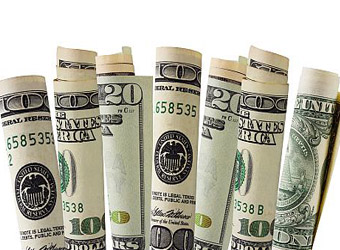U.S. nonfarm payrolls increased by 148,000 jobs last month. Economists were forecasting job gains of 190,000. Employment data for October and November data were revised to show 9,000 fewer jobs created than previously reported.
The dollar briefly slipped after the softer-than-forecast number, but has since regained momentum.
“It was a little disappointing. The market doesn’t care. The margin of error on this number is always big,” said Paul Nolte, portfolio manager at Kingsview Asset Management in Chicago, referring to the U.S. jobs data.
“What we’d be concerned about is if we see a couple of prints below 100,000. Until then we’re okay,” he added.
Fed funds futures still price in a nearly 70 percent chance the U.S. central bank will hike interest rates in March, according to CME’s Fedwatch.
One bright spot in the U.S. December employment report was the rise in wage growth, analysts said. Average hourly earnings rose 9 cents, or 0.3 percent, in December after gaining 0.1 percent in the prior month. That lifted the annual increase in wages to 2.5 percent from 2.4 percent in November.
“This provides further evidence that wage gains have become self-sustaining while helping to support interest rate expectations on the front end of the curve,” said Karl Schamotta, director of global product and market strategy, at Cambridge Global Payments in Toronto.
In mid-morning trading, the dollar gained 0.37 percent against the yen to 113.16, while the euro fell 0.18 percent versus the dollar to $1.2045. That put the dollar index, a measure of the greenback’s value against six major currencies, up 0.2 percent on the day.
The dollar index was last up 0.11 percent at 91.95. Source: Reuters
Source: Reuters



